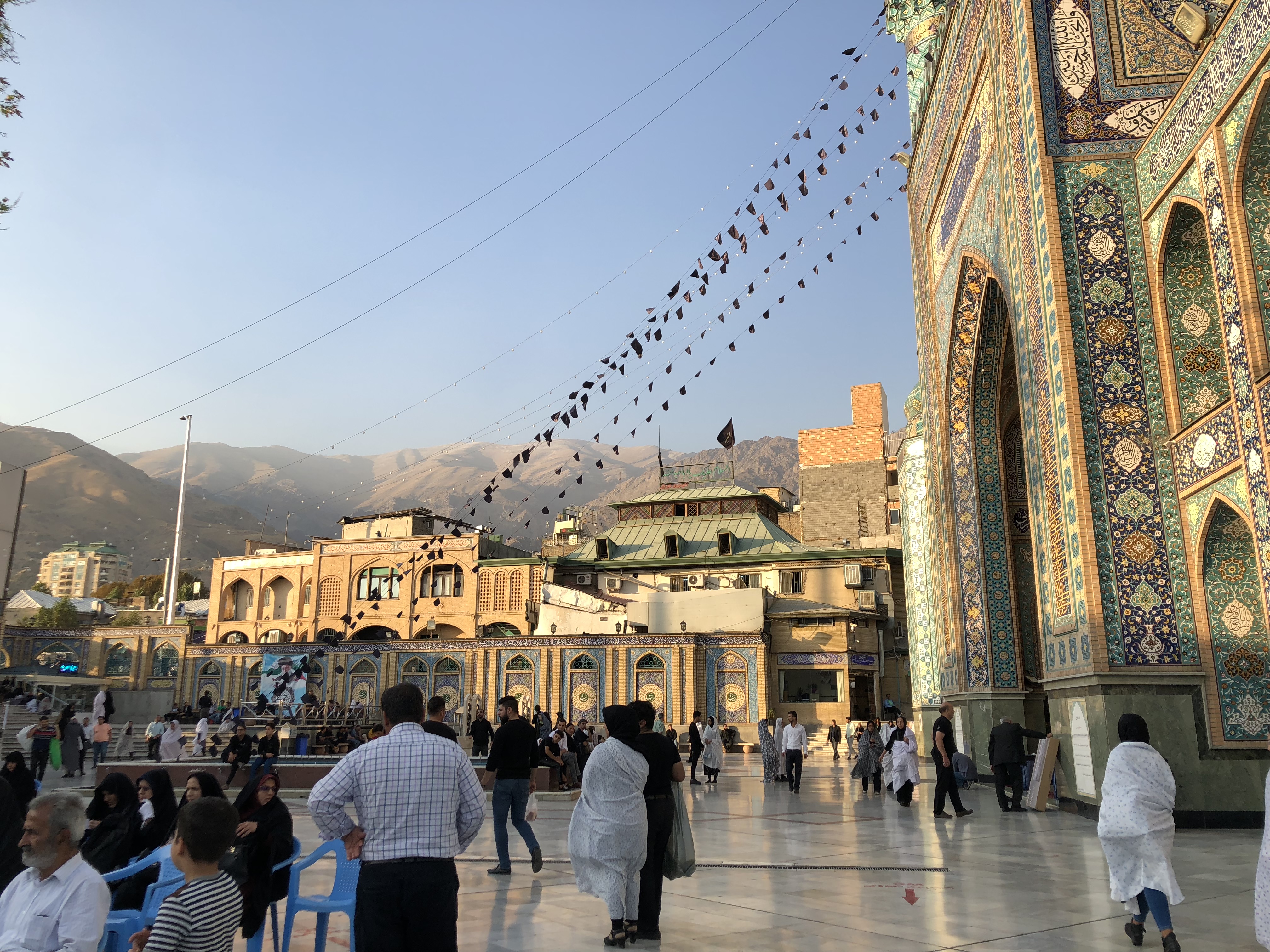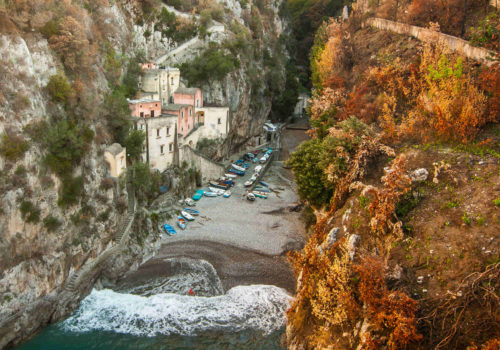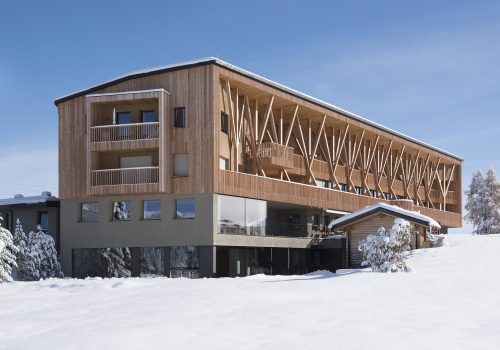Immersion into a multi-ethnic nation, between dress rules and innovation
Chapter two on the journey towards the site of the International Conference on the Future of Urban Spaces
As I attempted to develop a framework for my speech at the first International Conference on the Future of Urban Public Spaces, I asked myself a few questions. What if my theme was “too western” for the audience I will be speaking to? Or on the contrary, will they be a source of inspiration and food for thought on how the world is mixing up and being transformed to express a unified global identity?

Geographically speaking, Iran is located at the juncture between western Asia and the Middle East. It borders on seven other countries and enjoys a mix of cultures stemming from its thousand-year history. It is therefore a multi-ethnic nation composed of a diversity of groups including Persians, Kurds, Lurs, Arabs, Balochs, Turkmens and Turkish tribes. Though the Persian group is the largest and its culture the prevalent one, the Iranian government has taken measures to guarantee diversity. The Constitution itself guarantees civil rights for minorities asserting equal rights with the majority group. This is another reason why I hoped for a fertile debate during the Conference, given what I studied and what I would see in Teheran. I am accustomed to travelling and have visited other Islamic countries. Nevertheless, when I confirmed my participation, I was not fully aware of the rules and standards of the Islamic Republic.
The first issue was whether I would be able to enter the country. From this point of view, my double US-Italian citizenship made things easier because I was able to choose the nationality that conflicted least with the current difficult diplomatic relations between the United States and the Islamic Republic.
It has been mandatory to wear the hijab since the 1979 revolution in this country

Shah Mosque © Cristina C. Murphy
Masih Alinejad, author of the book “The Wind in My Hair”, created a protest movement against this imposition, that spread on social media and sparked an unprecedented demonstration (with a series of hashtags # MyStealthyFreedomm #girlsofenghelabstreet, #mycameraismyweapon, #whitewednesdays).
Another sensitive issue is the dress code. The directives for women are very restrictive about the way they must wear the headscarf, as well as the length of their robes. Men, on the other hand, are forbidden from wearing shorts, cutting their hair in any way extraneous to the Iranian culture and wearing T-shirts with western motifs or text. What is surprising, however, is that a report by the Iranian Centre for Strategic Studies released in early 2018 ( a study that began in 2014 and lasted three years), the Iranian government itself admitted that 49% of the population is against the mandatory hijab law in the country.
After reading the instructions for the dress code, and realizing that they were essential to the possibility of participating in public life, a question came to mind: how will the theme of the future of public urban spaces be addressed during the Conference I am attending? I felt a responsibility and desire to contribute to this Conference, so that I might personally experience everything I was beginning to understand about Iran.
© ALL RIGHTS RESERVED
translation by Olga Barmine





